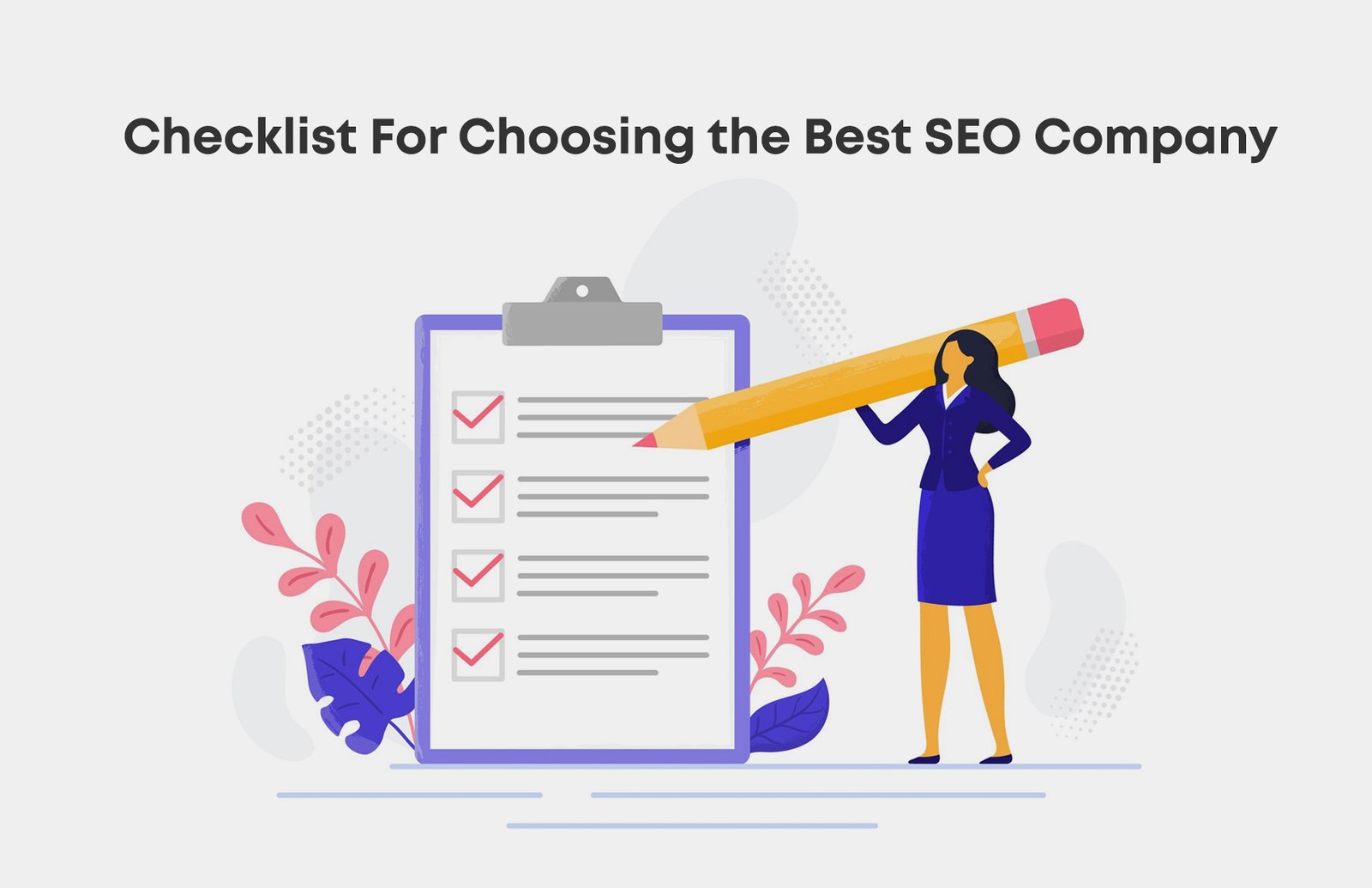Social media has evolved from a tool for personal interaction into one of the most powerful marketing platforms for businesses worldwide. With billions of users across various platforms, businesses today have a unique opportunity to reach potential customers more efficiently than ever before.
According to research by We Are Social, around 2.8 billion people use social media, providing companies with unparalleled access to their target audience. With a well-planned social media advertising campaign, businesses can maximize their reach and engagement while keeping costs low.
The Benefits of Social Media Advertising

Precise Targeting
Compared to traditional advertising methods like TV, radio, or newspaper ads, social media advertising is more efficient, cost-effective, and allows for precise targeting. The rapid rise of smartphones has increased connectivity worldwide, making social media an indispensable tool for reaching consumers.
Social media platforms offer targeting options that help businesses focus on specific demographics, interests, and behaviors, allowing them to tailor ads for maximum impact. Unlike traditional forms of advertising, social media ads are less intrusive and seamlessly blend into users’ feeds, making them more likely to be viewed and engaged with.
Brand Awareness & Engagement


Social media ads can significantly boost brand awareness in a short amount of time. By creating a business page at no cost, companies can interact directly with potential customers, fostering a sense of engagement and community. When executed effectively, these ads can lead to increased recognition and a stronger relationship between the brand and its audience.
Cost-Efficiency
One of the key advantages of social media advertising is its cost-effectiveness. Traditional advertising methods often come with high price tags, whereas social media ads allow you to set a budget that fits your needs. According to Social Media Today, social media ads tend to have higher engagement rates while being more affordable than traditional methods.
How to Create a Successful Social Media Advertising Campaign


1. Set Your Strategy
Before you begin any campaign, it’s essential to define your goals. Ask yourself, What do I want to achieve with this campaign? Are you looking to increase brand awareness, drive traffic to your website, or generate sales?
Once you establish a clear goal, you can tailor your campaign accordingly. Knowing exactly what you want to achieve will guide every decision, from the messaging to the type of ad you create.
2. Know Your Audience


Understanding your target audience is key to creating an effective campaign. A well-defined audience will increase the likelihood of achieving your desired results. It’s often better to target a smaller, more specific audience rather than casting too wide a net, which may result in lower engagement.
3. Create the Right Campaign
The type of campaign you run will depend entirely on your objectives. Social media platforms offer numerous features such as A/B testing, audience segmentation, and remarketing options that help you optimize your ad performance. Using these tools can help you refine your message and reach the right people.
4. Choose Engaging Content


Your ad content is what will determine whether your audience clicks or scrolls past. Since attention spans are short, using eye-catching visuals and concise messaging is crucial. Whether you’re using images, videos, or text, your content should align with your overall message and clearly communicate your value proposition.
Remember, your content needs to grab attention and encourage action. The visual elements should complement your text, providing a seamless experience that draws users in and motivates them to click through to your website or landing page.
5. Set a Budget, But Stay Flexible
Budgeting is a critical step that should never be overlooked. Before launching your campaign, determine how much you’re willing to spend. Consider factors like ad scheduling and bid adjustments to optimize your budget.
If your campaign is delivering a positive return on investment (ROI), consider adjusting your budget to maximize results. Having the flexibility to increase your ad spend when necessary can further boost your campaign’s success.
6. Monitor Your Insights


One of the major advantages of social media advertising is the ability to track and measure performance through analytics and insights. Social platforms provide data on how your campaign is performing, such as reach, engagement, and conversion rates.
Analyzing this data allows you to adjust your strategy in real-time. If certain elements of your campaign aren’t performing as expected, you can make tweaks to improve results. With social media advertising, adjustments are easy and quick, helping you stay nimble and responsive.
Summary – Social Media Ads 101 Guide


We live in a digital age where social media has made marketing more accessible, cost-effective, and efficient. Unlike traditional methods, you no longer need to rely on cold calling, door-to-door sales, or expensive TV ads to reach your audience.
By following these key steps—setting clear goals, understanding your audience, creating compelling content, managing your budget, and monitoring performance—you can create a successful social media advertising campaign.
Not only will you capture the attention of your target audience, but you’ll also drive growth and revenue for your business.






